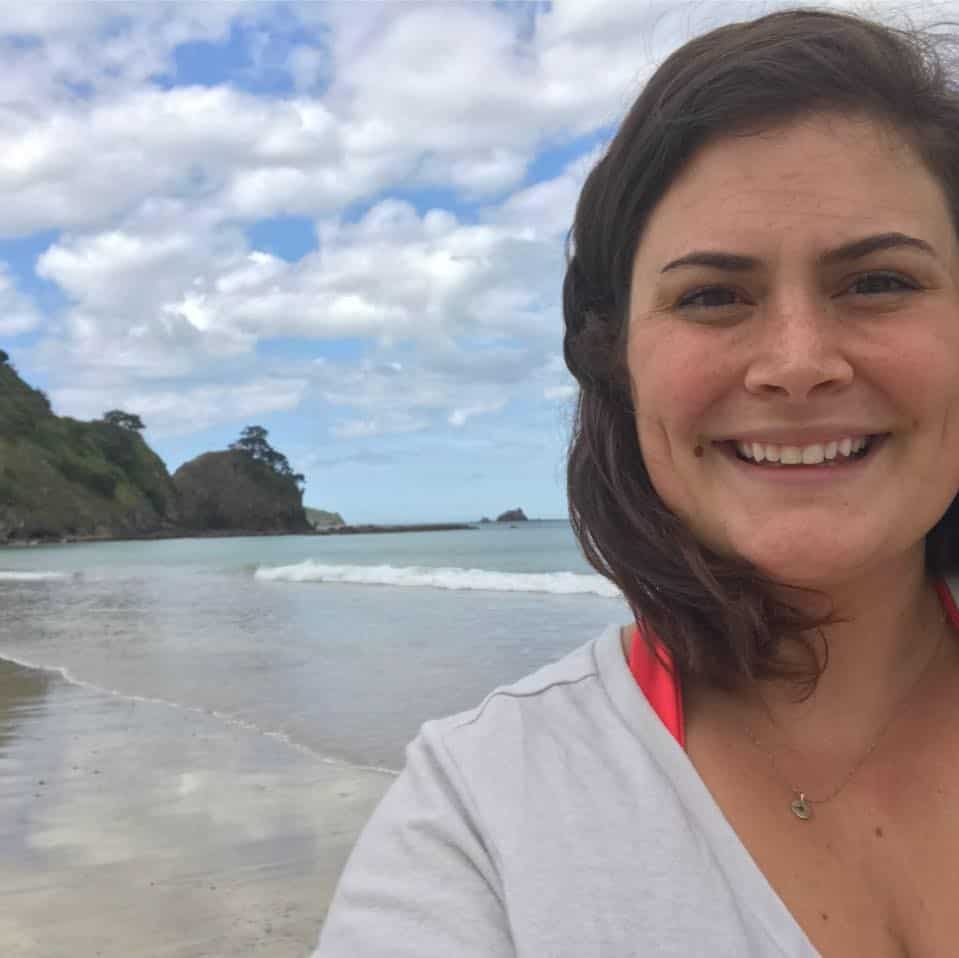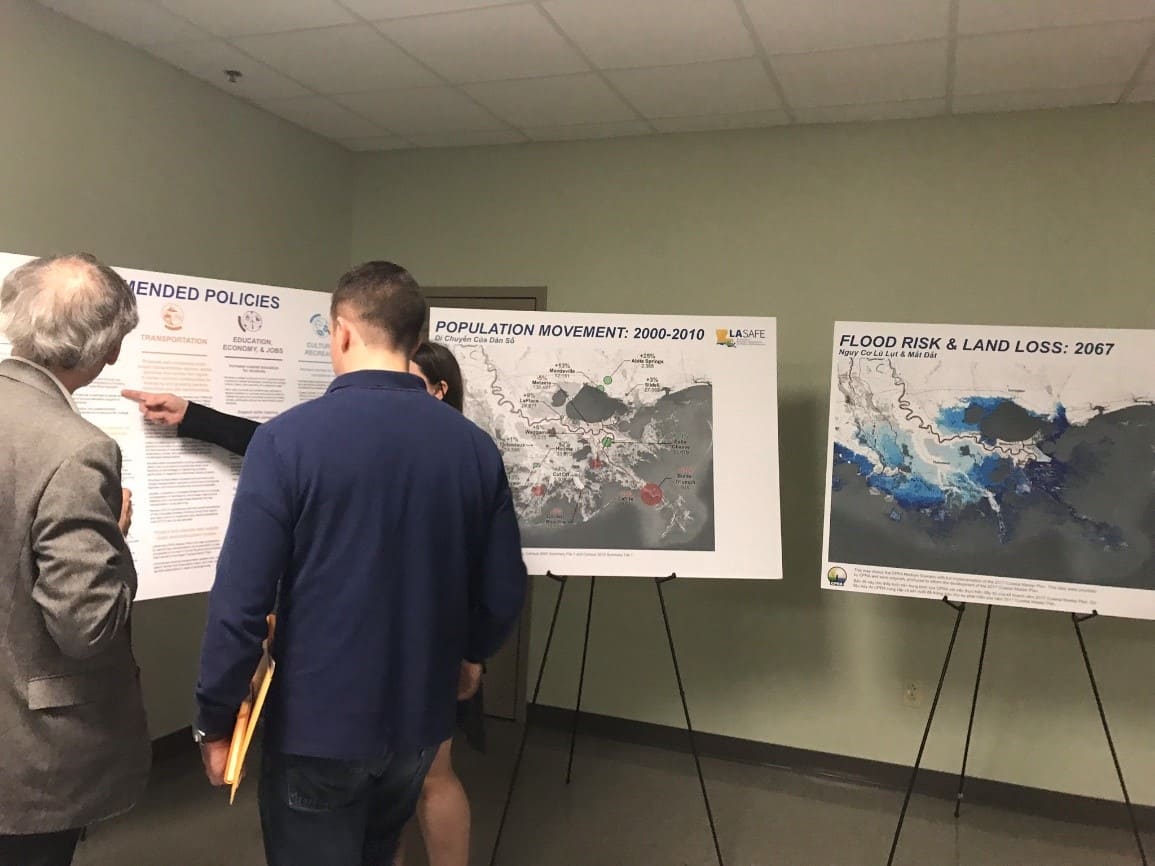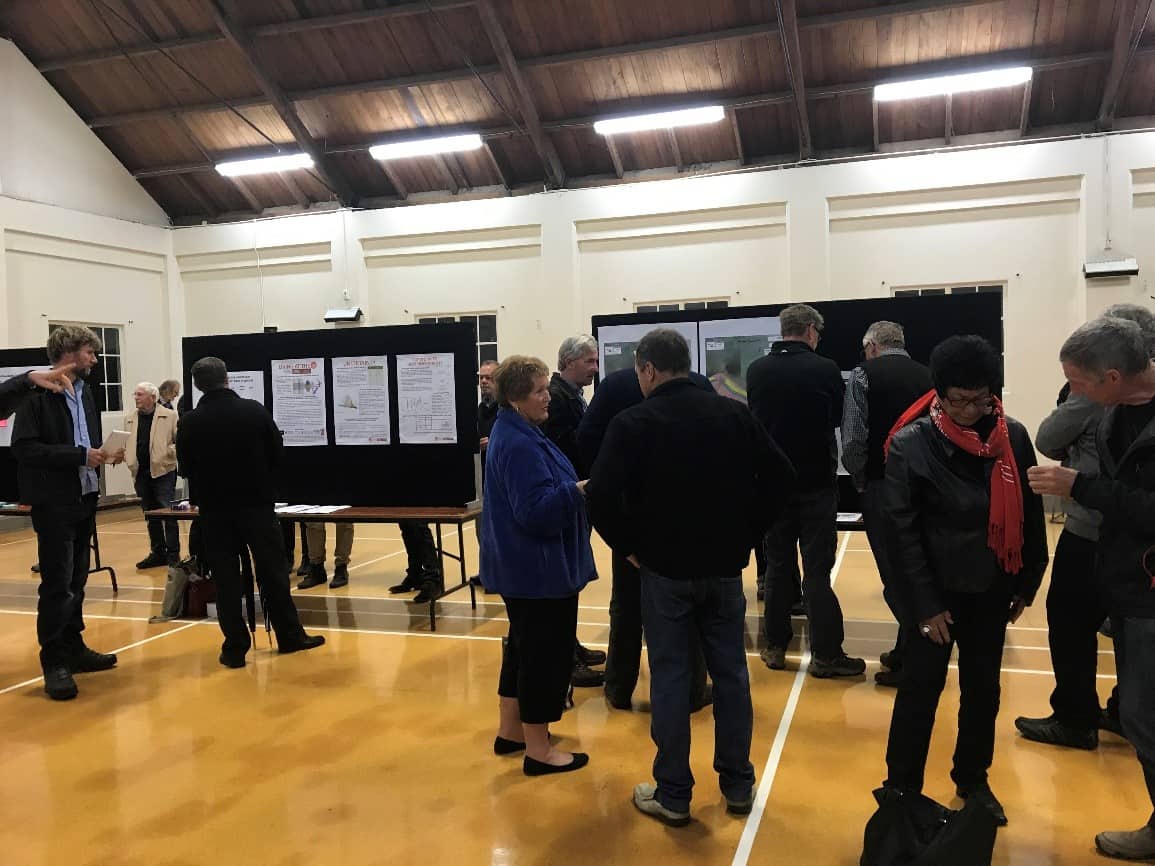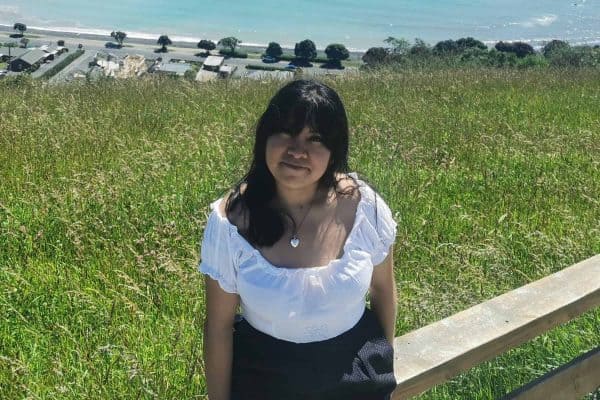Student Profile: Laura Robichaux
28/04/2018
The “Implementation Gap” in Coastal Risk Management
Meet Laura

Laura Robichaux grew up in South Louisiana in the United States, surrounded by the benefits and risks inherent to coastal living. She has bachelors and master’s degrees in coastal engineering but has slowly trended more towards science. After a bit of time working as a coastal engineer on beaches in Florida and the Turks and Caicos Islands, Laura received an email about an available research position focusing on the nexus of communities and coastal hazards in New Zealand. She applied, accepted and made the move! Currently, she’s knee deep in her doctoral research at the University of Auckland as part of the Living at the Edge component of the Resilience Challenge. In her spare time, Laura likes to do yoga, get outside, watch trash tv, stay politically active and spend time with friends.
What is Laura’s project about?
After growing up in a community plagued by coastal hazards and talking to practitioners there, it became clear to Laura that it wasn’t a “knowledge gap” preventing design of viable projects to reduce coastal risks, but rather it’s an “implementation gap”. Many technically viable projects are abandoned sometime between conceptual design and project implementation.
This gap is driven by a variety of social, institutional, and financial factors that propel or hinder a project as it moves through its conceptual design, public engagement, and final implementation phases. She will use fuzzy cognitive mapping to create visual, (and ideally quantified) conceptual maps to represent each phase of the project, and the factors that influence whether a project is progressed to the next phase or abandoned. Her work endeavours to better understand those influencing factors by examining case studies in two areas (Hawke’s Bay, New Zealand and Terrebonne Parish, United States). The case-studies include a variety of management strategies, and will allow Laura to identify and compare patterns that may drive project outcomes.


Laura selected around 20-25 case studies in Hawke’s Bay (NZ) and Terrebonne Parish (USA), which included hard and soft defence, adaptation and retreat projects/policies. Two-thirds of these were completed projects and one-third were abandoned. Over the past 50 years in both Hawke’s Bay and Terrebonne, communities have endeavoured to manage erosion and flooding impacts through several constructed and attempted projects. These projects have been “in progress” since the 1970s, and there are a variety of legal frameworks and engagement practices that may be interesting to compare.
The nodes (influencing factors) in each case study’s map set will be defined using qualitative data collected during government and newspaper archival review and then verified during interviews with key players. The construction of this framework and testing of its suitability for use in comparison of a variety of case studies is the primary academic contribution of Laura’s research. She also hopes that her research will help to foster more resilient communities by shedding light on the things that might be stopping coastal adaptation and retreat projects from being implemented.
What’s next?
Laura is currently building her conceptual maps and finalizing her case study selection. The rest of this year will be occupied by a “field season” full of interviews and archive reviews. She aims to submit her thesis mid-2020, which will contain valuable tools that can be used to increase the likelihood of implementation of sustainable projects.



